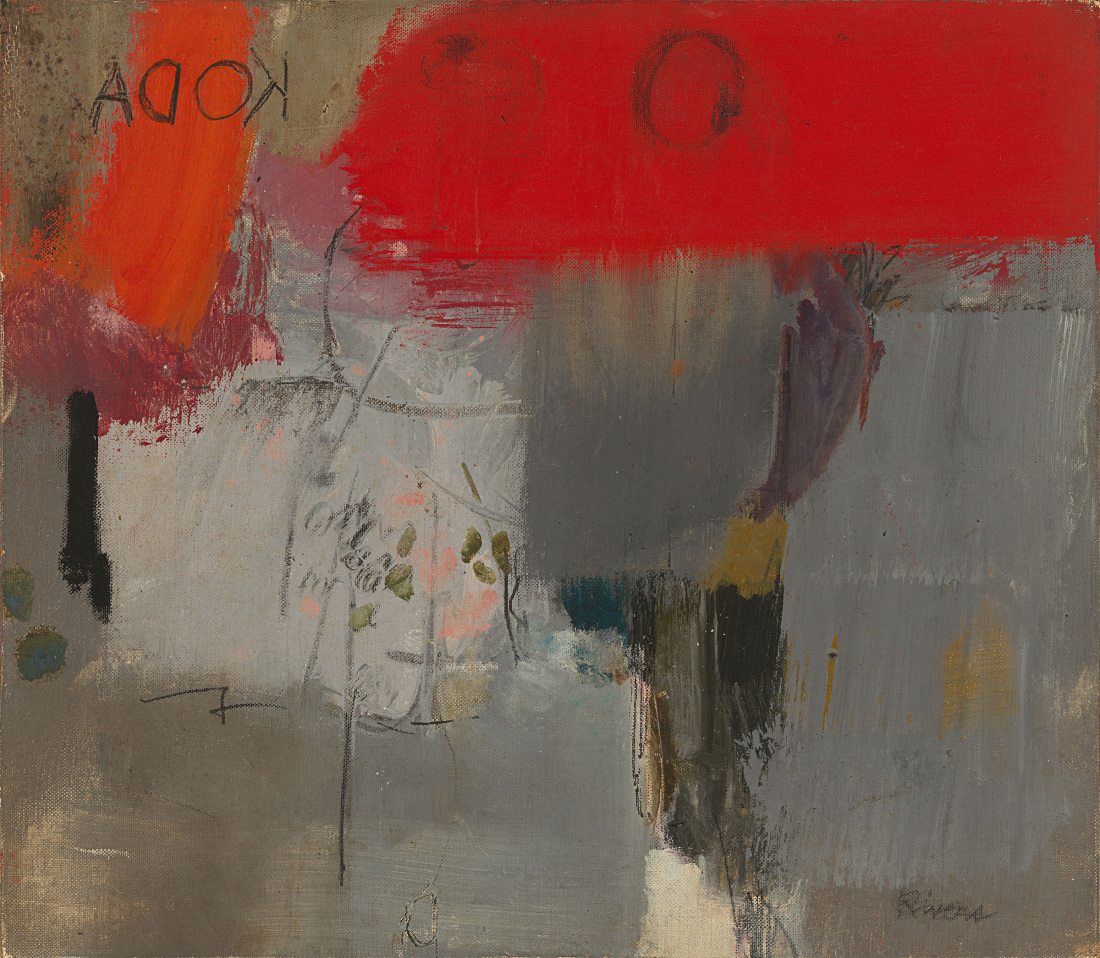(1923 - 2002)
Larry Rivers is an American artist who consistently rejected the so-called dichotomy between abstraction and representation that was asserted by modern art critics. Rivers began his professional career as a jazz saxophonist but took up painting at the encouragement of painter friends Nell Blaine and Jane Freilicher. Like many of his peers, he started off working in the Abstract Expressionist manner—the accepted method for “serious-minded” artists seeking a new form of authentic expression at the time. In 1948 he saw a Pierre Bonnard retrospective at New York's Museum of Modern Art and was dazzled by the structure and intensity of the light-infused canvases and the experience had a profound impact on Rivers’ artistic direction. At odds with the avant-garde style of his day, Rivers began painting representational Bonnard-inspired pictures, which were exhibited in his first one-man show at the Jane Street Gallery in 1949. Rivers received favorable notice from several critics, including Clement Greenberg, who declared him better than his idol, Bonnard. In 2002 a major retrospective of Rivers' work was held at the Corcoran Gallery of Art in Washington, D.C.. Rivers' work is in major museum collections worldwide including The Art Institute, The Museum of Modern Art, The National Gallery of Art and many others.

Larry Rivers
Small Drugstore
13.5 x 15.25 inches
Oil on canvas
1959